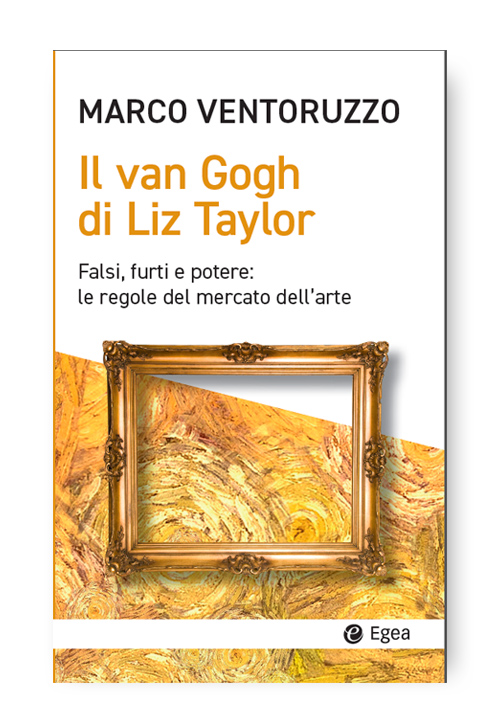
- Start date
- Duration
- Format
- Language
- 2 mar 2026
- 12 days
- Class
- English
To grasp international art market dynamics and understand the roles of collectors, investors, galleries, advisors, fairs, and auction houses.
In 1963, while living in London with Richard Burton, Liz Taylor bought a van Gogh at auction from Sotheby's for £92,000. The painting had belonged to a German Jewish collector in the 1930s. In the 1990s, the heirs sued the Hollywood actress, claiming that the painting had been illegally confiscated by the Nazi regime.
The court ruled in favor of Liz Taylor for several reasons, including the statute of limitations and probably the actress's apparent good faith. “In all legal cases, there are elements of background, of color, which even if not decisive for the solution of a controversy, inform the approach of the courts and (perhaps) predispose them more positively towards certain interpretations,” comments Marco Ventoruzzo, in his Il van Gogh di Liz Taylor. “In any case, Liz Taylor sold her van Gogh in 2012 along with other paintings: it was the collection's main piece and was valued at sixteen million dollars.”
The art world is full of stories like this one. In this book, Ventoruzzo, who is also a great art lover, tells several of them, as if they were chapters of a single legal thriller unfolding between painters' workshops, collectors' galleries, and courtrooms, accompanying the reader to discover the lesser-known aspects of this universe.
In the first of seven chapters, Ventoruzzo asks himself (and explains) what art is according to the law. Still, he intrigues the reader by recounting that "one morning in February 2014, the organizers of a contemporary art exhibition in Bari realized that some works by young artists such as Nicola Gobbetto and David Jablonowski were missing. The works had arrived at the exhibition venue and were supposed to be exhibited. The mystery was soon solved: a cleaning lady, during the night, had mistaken the packaging of the works and their parts for garbage and had handed them over to the garbage collectors.”
What distinguishes art from other products of the intellect? What are the mechanisms of censorship and the rules of the market? How do auctions work? And, again, stories of fakes, thefts, and illegal subtractions, but also stories of graffiti made at night. Up to wondering how, through the centuries, “official” art, aimed at recognizing and celebrating power, has been distinguished from more critical and subversive art.
Marco Ventoruzzo is a Full Professor of Commercial Law at Bocconi University and the Director of the Law Area at SDA Bocconi School of Management. A lawyer, chartered accountant, and auditor, he is the President of AMF Italia, an association of banks and financial intermediaries.
For more information, and to purchase this book, click here.
